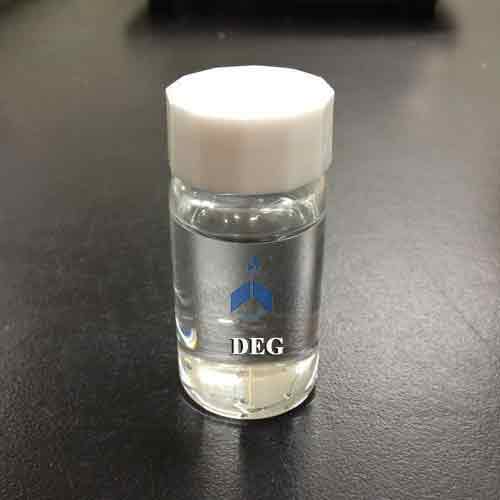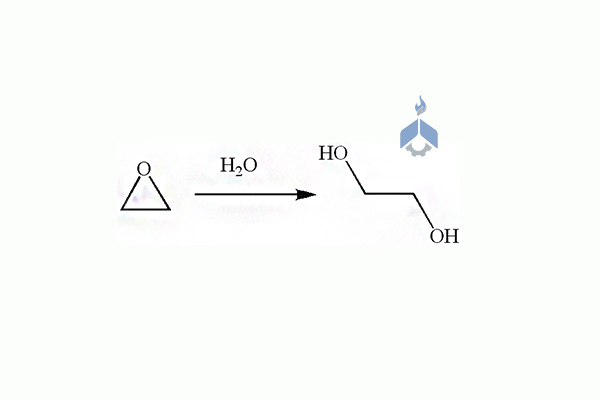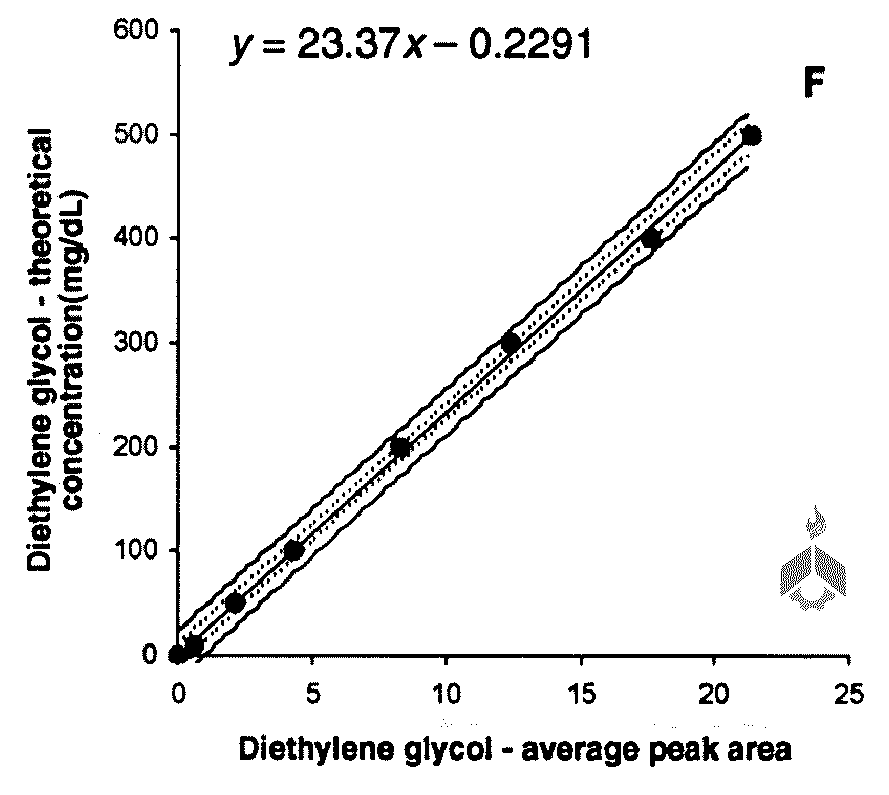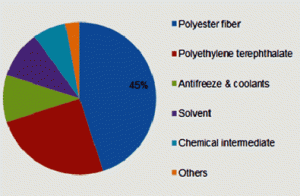
Di- ethylene glycol
Azin Commercial Industrial Group with more than 5 years of experience and activity in the field of production and supply of more than 20 types of chemical products, Provides you with Di Ethylene Glycol (DEG), purity 99.8%.
Here you can see some mor DEG chemical information.
facts
These are just some of the facts that define us:
- Right management
- best technicians
- quality and workmanship
- lowest price
- customer care
- international standards

Introduction of ethylene oxide
Ethylene oxide, called Oxirane by IUPAC, is an organic compound with the formula C2H4O.
It is a cyclic ether and the simplest epoxide: a three-membered ring consisting of an oxygen atom and two carbon atoms.
Ethylene oxide is a slightly viscous liquid with a clear, colorless appearance and a sweet taste that emits virtually no odor. It’s often miscible with water, alcohol, and many similar organic compounds.
Ethylene oxide may polymerize exothermically if heated or contaminated.
If the polymerization takes place inside a container, the container may rupture violently


Process Description of Ethylene Glycol Plant
The schematic flow diagram of a commercial Ethylene oxide hydration plant shown below is designed to produce a maximum quantity of ethylene glycol. The raw materials for the plant are refined ethylene oxide and pure water. After being preheated by the exit product stream, these materials are mixed with recycled water and pumped into the hydration reactor. In the glycol reactor, sufficient time is provided for all the ethylene oxide to react.

The operating pressure of the reaction is controlled in a way to avoid or limit the vaporization of ethylene oxide from the aqueous solution.
Literature shows that commercial reactors operate at 190-200 ° C and will be at pressures 14-22 atm depending on the initial concentration of the oxide.
The water-glycol mixture from the reactor is fed to the first stage of a multi-stage evaporator, which is boiled with steam. The remaining stages operate at successively lower pressures, with the final stage normally being under vacuum. The evaporated water is recovered as condensate and recycled back to the glycol reaction feed mixing tank.
The water-free glycol solution is sent through a series of vacuum distillation towers to produce purified mono ethylene glycol and by-product di- and tri ethylene glycol.

DEG chemical information
Di-ethylene glycol (C4H10O3) is a clear, colorless, practically odorless, viscous, hygroscopic liquid with a sweetish taste.
In addition to its use in a wide range of industrial products, it has also been involved several prominent mass poisonings spanning back to 1937.
Despite DEG’s toxicity and association in epidemics of fatal poisonings, a comprehensive review has not yet been published

Application usage of Di-Ethylene Glycol
These applications are vital in the manufacturing of a wide variety of products, including: Dehydrating agent for natural gas Raw material for the production of plasticizers and polyester resins Humectant Textile lubricant and coupling agent Solvent in textile dyeing and printing Constituent of hydraulic fluids Plasticizer for paper Cork and synthetic sponges Solvent in printing inks Raw material for the production of esters used as emulsifiers Demulsifiers Lubricants Selective solvent for aromatics in petroleum refining
Chemical and physical properties of DEG


Analysis of dEG
Model development
Recognition of toxic glycols and alcohols in an emergency setting requires a rapid yet accurate and reliable method.
To simultaneously determine diethylene glycol (DEG) along with ethylene glycol, methanol, isopropanol, acetone, and ethanol, we modified a previously developed gas chromatographic (GC) method. The system used a Hewlett-Packard 6890 GC with EPC, a Gooseneck splitless liner, and an Rtx-200 capillary column (30 m x 0.53-mm i.d., 3 mm).
After serum samples are deproteinized using ultrafiltration (Millipore Ultrafree-MC), 1 mL of the protein-free filtrate is manually injected into the GC. Internal standards for alcohols (and acetone) and glycols are n-propanol and 1,3-butanediol, respectively. All compounds eluted within 3.5 min (linear temperature gradient from 40 to 260 degrees C); total run time is 6.5 min.
The limit of detection and linear range for all compounds are 1 or 2.5 mg/dL and 0-500 mg/dL, respectively. Also, there is no interference from propionic acid, propylene glycol, and 2,3-butanediol. The modifications in the equipment and temperature program allow increased resolution and thus, detection and reliable quantitation of DEG and other common toxic glycols and alcohols of clinical interest.
DEG safety information and maintenance
According to safety and chemical information sheet of diethylene glycol solvent, it is necessary to pay attention to the following:
- Warehouses for storage of tanks and packages containing this solvent should be dry and cool and away from sources of heat or sparks.
- The warehouse must be equipped with a very strong ventilation system.
- Workers must wear work clothes, gloves and a safety mask when working with di-ethylene glycol.
- It is classified as a dangerous and toxic chemical.
- Combustion of DEG produces compounds such as carbon dioxide and carbon monoxide.
- If the skin of the hands or eyes comes in contact with di-ethylene glycol, symptoms such as irritation, burning, and severe inflammation will develop.
- Too much DEG can cause liver and kidney poisoning and eventually death.
- Di-ethylene glycol tanks should never be stored at temperatures above 120 ° C.

Linearity plot using regression analysis for ethanol (A), methanol (B), isopropanol (C), acetone (D), ethylene glycol (E), and di-ethylene glycol (F). Theoretical concentrations were 0, 10, 50, 100, 200, 300, 400, and 500 mg/dL
Azin Commercial Industrial Group with more than 5 years of experience and activity in the field of production and supply of more than 20 types of chemical products, Provides you with Di Ethylene Glycol (DEG), purity 99.8%.
For more information about the products and place order please contact us.
We try to provide you best Product withe easy and fast delivery around the world withoute delay.
It’ll be our pleasure to know your opinion and experience or any point of view in which Azin can performs better.
Comment your outlook on DEG commerce

